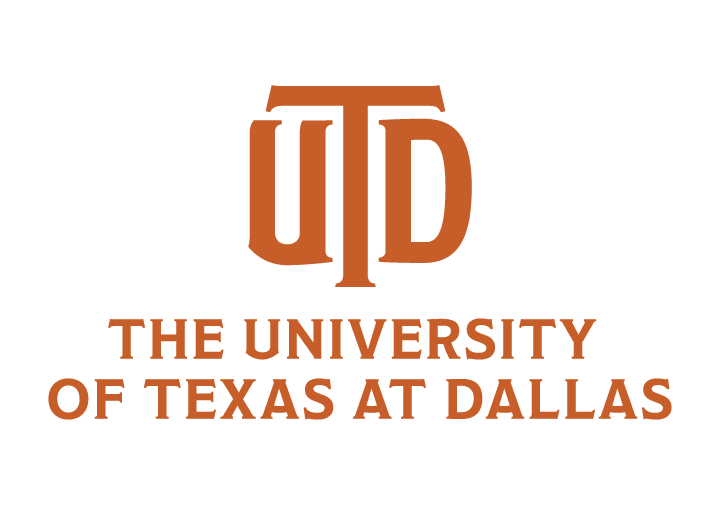
The University of Texas at Dallas (UTD or UT Dallas) is a public research university in the University of Texas System
The Latest Bing News on:
University of Texas at Dallas (UTD) Research
- Do Texas universities fund Israel as student protesters say?
Students across the U.S. are demanding that their colleges divest from defense companies which may be aiding Israel in its ongoing conflict against Palestine.
- Pro-Palestinian protests continue at North Texas universities
College students in North Texas and across the country are challenging their school leaders to re-evaluate ties to Israel. Driving the news: On Tuesday, around 100 students held a sit-in at UT Dallas ...
- UT Dallas students among Texas students protesting Israel-Hamas war this week
University of Texas at Dallas students protested on campus Tuesday for several hours, demanding that the campus president meet their request. UTD students were protesting the Israel-Hamas war in Gaza ...
- New algorithm could provide early warning for asthma attacks
A University of Texas at Dallas researcher and his international colleagues have developed an algorithm that might one day provide early medical alerts about the onset of asthma attacks or other ...
- Rice University lands its largest-ever federal grant to research education
Rice University landed its largest-ever federal grant for education research this week, according to its president.
The Latest Bing News on:
University of Texas at Dallas (UTD) Discovery
- University of Texas restricts arrested students from returning to campus
Although the students arrested at Wednesday's protest saw their charges dropped, the university confirmed Friday they could not freely come back to campus.
- Soros and other elites are funding the campus agitators stoking anti-Israel, antisemitic protests
The Post has learned that left-leaning philanthropist George Soros and other left elites are funding the student radicals who are fueling the nationwide explosion of Israel-hating protests.
- Do Texas universities fund Israel as student protesters say?
Students across the U.S. are demanding that their colleges divest from defense companies which may be aiding Israel in its ongoing conflict against Palestine.
- UT Dallas students among Texas students protesting Israel-Hamas war this week
University of Texas at Dallas students protested on campus Tuesday for several hours, demanding that the campus president meet their request. UTD students were protesting the Israel-Hamas war in Gaza ...
- Pro-Palestine Campus Encampments at Columbia, NYU, and More See Protests, Arrests Over Israel Divestment
The encampments are a push to direct attention to events on the ground in Gaza, where an ongoing incursion by Israel has killed more than 34,000 Palestinians, according to the Associated Press, ...









